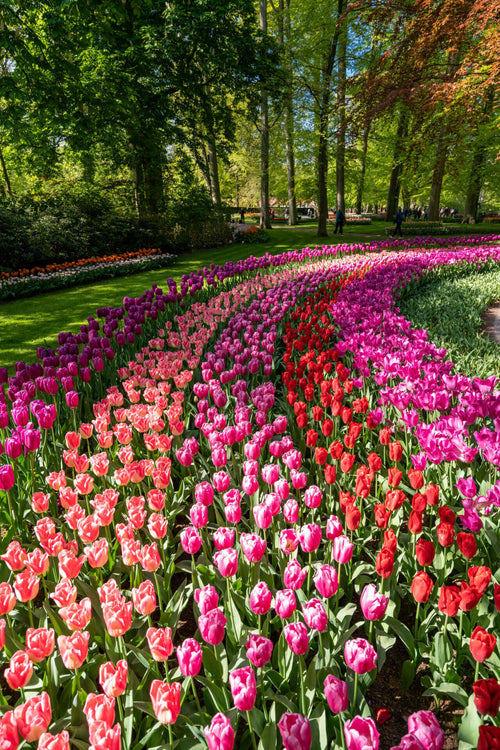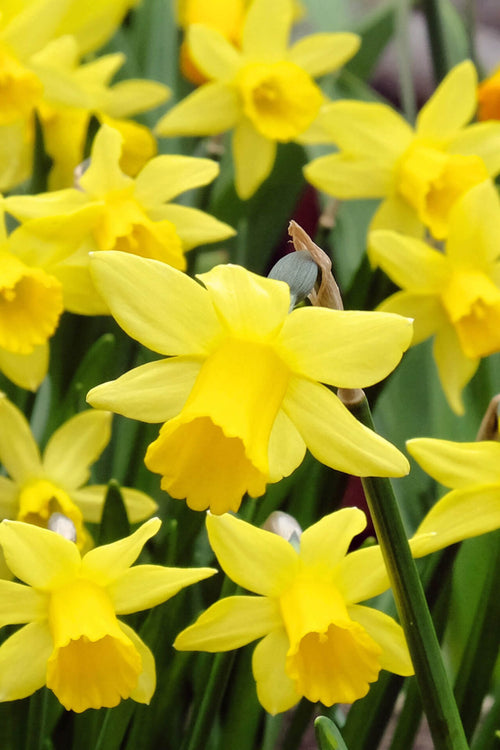10 Easy Floral Arrangements Anyone Can Learn Introduction:
Floral arrangements are a delightful way to bring nature's beauty into your living spaces. Whether you're a seasoned florist or just a beginner, creating stunning arrangements doesn't have to be complicated.
In this guide, we'll explore ten easy floral arrangements that anyone can learn, allowing you to infuse your home with a touch of elegance and freshness. With some basic techniques and a dash of creativity, you'll be well on your way to becoming a floral artist.
Classic Rose Bouquet:
The classic rose bouquet is timeless and elegant. Choose a variety of colored roses, ensuring they are similar in size. Trim the stems at an angle and arrange them in a spiral formation, creating a dome-like shape. Secure the bouquet with floral tape, and wrap it with a ribbon for a finishing touch.
Single Bloom Focus:
For a minimalist yet impactful arrangement, focus on a single, large bloom. It could be a sunflower, peony, or any other captivating flower. Please place it in a stylish vase, ensuring it stands out as the centerpiece. Add some greenery or smaller filler flowers to complement the central bloom.
Mason Jar Wildflowers:
Channel a rustic charm by arranging wildflowers in a mason jar. Collect an assortment of wildflowers from your garden or a local flower shop. Trim them to different heights and place them in the mason jar for a natural and effortless look.
Monochromatic Elegance:
Select flowers of the same color family but in varying shades to create a monochromatic arrangement. It creates a harmonious and elegant visual effect. Arrange the blooms in a tall vase, with the darkest shadows at the bottom and gradually transitioning to lighter shades at the top.
Foliage and Filler Showcase:
The foliage and filler can sometimes steal the show. Gather various leaves, branches, and filler flowers to create an arrangement focused on texture and form. Please place them in a vase with different heights to achieve a balanced and captivating look.
Floating Flower Bowl:
Create a unique arrangement by floating flowers in a shallow water bowl. Choose blossoms like orchids, gardenias, or carnations. Place the blooms on the water's surface and let them naturally arrange themselves for an ethereal effect.
Seasonal Delight:
Embrace the beauty of each season by using flowers that are in bloom. For spring, opt for tulips and daffodils; go with vibrant sunflowers and daisies for summer. Incorporate autumnal tones like chrysanthemums and berries for fall and elegant amaryllis for winter.
Cascading Beauty:
Create a dynamic visual by arranging flowers in a cascading manner. Choose a mix of large and small blooms and trailing vines or ivy. Assemble them in a tall vase or a hanging basket, allowing the arrangement to flow gracefully downward.
Herb and Flower Fusion:
Combine flowers' fragrant beauty with herbs' aromatic charm. Lavender, rosemary, and mint can complement blooms like roses or daisies. Arrange them in a way that allows both the flowers and herbs to shine.
Elevated Elegance:
Elevate your floral arrangement by using a tiered stand. It works particularly well for small, compact blooms like ranunculus or anemones. Assemble the tiers with varying heights and place a single color or a small arrangement on each level.
Floral arrangements are an excellent way to express creativity and bring nature's beauty indoors
With these ten easy floral arrangement ideas, you can confidently create stunning displays for any occasion. Remember, have fun, and let your artistic instincts guide you. Whether you're a novice or an experienced enthusiast, these arrangements will brighten up your space and bring joy to those who see them.
So, gather your favorite flowers, unleash your creativity, and let the art of floral arrangement become a fulfilling part of your life. Engaging with floral arrangements is not just a pastime; it's an art form that brings myriad benefits to your life. Floristry is more than just arranging flowers in a vase; it's about storytelling, self-expression, and invoking feelings.
Each bloom carries a unique language, a hidden message you can convey through your arrangements. Whether it's the delicate elegance of roses or the wild exuberance of sunflowers, every choice tells a story, allowing you to communicate your emotions, thoughts, and desires without uttering a single word. As you delve into the world of floristry, you'll find that selecting, arranging, and caring for flowers fosters a sense of mindfulness and presence.
Arranging flowers requires your complete attention, encouraging you to be in the moment and let go of any stress or worries. This meditative quality can be profoundly therapeutic, providing a peaceful respite from the demands of everyday life. The floral arrangement also nurtures your creativity. Like a painter with a blank canvas, you can compose your masterpiece using petals, leaves, and stems as your medium.
The possibilities are endless:
You can create symmetrical arrangements for a sense of order or opt for asymmetry to evoke dynamic energy. You'll experiment with color combinations, textures, and forms; with each creation, you'll discover new facets of your artistic self.
Moreover, immersing yourself in the art of floral arrangement can deepen your appreciation for the beauty of the natural world. As you handle and arrange flowers, you'll gain a heightened awareness of their intricate details and the delicate balance of nature. This awareness may extend beyond floristry, leading to a greater connection with the environment and a desire to preserve and protect it.
One of the most rewarding aspects of floristry is the joy you'll bring to others
Sharing your creations with friends and family or even through community events can spread happiness and brighten someone's day. A thoughtfully arranged bouquet can convey love, sympathy, celebration, or gratitude, forging connections and fostering a sense of togetherness.
Incorporating floral arrangements can also lead to new friendships and opportunities. This sense of community can introduce you to diverse perspectives and techniques, enriching your skills and broadening your horizons. In conclusion, the art of floral arrangement offers a path to fulfillment beyond flowers' surface beauty. It's a journey of self-discovery, creative expression, mindfulness, and connection with nature and fellow enthusiasts.
As you embark on this journey, you'll find yourself nurturing your artistic spirit, embracing the therapeutic qualities of the practice, and bringing beauty and happiness to both your life and the lives of others. So, allow the world of floristry to bloom within your heart, and watch as it transforms your life into a vibrant tapestry of petals and possibilities.




















































